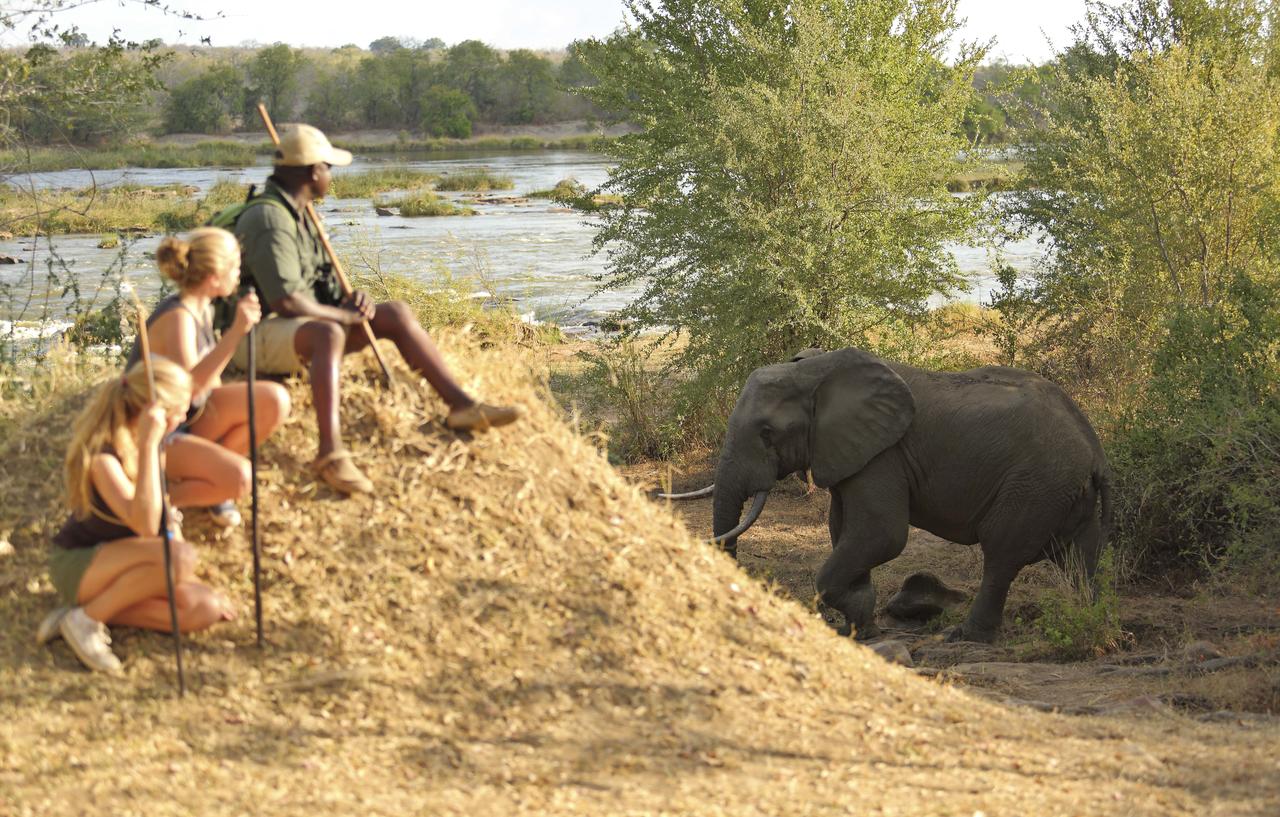
From 1982, the Selous National Park became a World Heritage Sites thanks to its highly diverse biodiversity and wildlife. Englishman, Frederick Selous, one of the famous game hunters, died in Selous in 1917 fighting in the World War II against the Germans at Beho Beho. While leading an expedition team to the territory, the Scottish Joseph Thomas, well known for his cartography and exploring skills, died in Beho Beho in 1879. Hermann von Wissman, a German Governor, declared the reserve as a wildlife reserve in 1896 before it became a game reserve in 1905. Not the entire park opens for tourism. Some parts of the reserve open for privately leased dispensations. An official tourist photographic zone begins northwards by Rufiji River. Some high-level camps and lodges provide accommodation for Tanzania Safari travellers along the Rufiji River as well.
The Selous Reserve includes an impressive Canyon about 100m deep and wide. Grasslands, Acacia savanna, Miombowoodlands and wetlands fill the area of the park. Even though the population of wildlife in Selous is less than that of the Tanzanian Northern circuits, a considerable number of animals inhabit it. However, it was noted that the number of elephants in the reserve (109,000) in 1976, has decreased by 2013 to 13,000. Environmentalists charge that poaching is rampant in the area with the patronage of some politicos, government officials and businesspersons.
There are more than 60,000 elephants and Hippos with over 40,000 in the Selous Game Reserve. The game reserve welcomes more than 440 types of bird species. Large number of leopards and lions tread the park and African wild dogs that face the threat of extinction inhabit the reserve. Selous game reserve also has a large number of eland, hyena, buffalo, crocodile, baboon, zebra, impala, wildebeest, kudu, and giraffe, to name some.
The Tanzanian Ministry of Natural Resources and Tourism controls and maintains the reserve. The authorities do not permit humans to encroach within the park to build private structures. Those on a Tanzania Safari to the park will have to undergo careful inspections by the authorities. The Selous Wildlife Reserve provides a much quieter ambience for visitors than other national Tanzanian wildlife parks. The dry season in this area offers grand sights around lakes for walking safaris. For a couple of nights’ bush camping, Selous is the best location.
The hot springs in the Central Selous is another must visit item on the list to do in the reserve even on a Tanzania Budget Safari. The burial site of Frederick Selous’ is another location that many tourists visit.